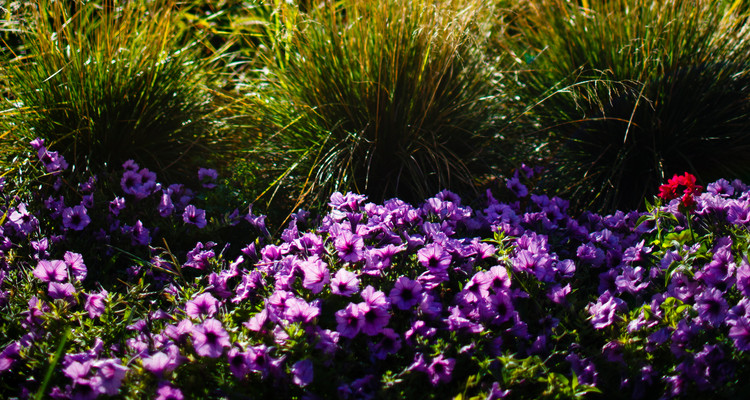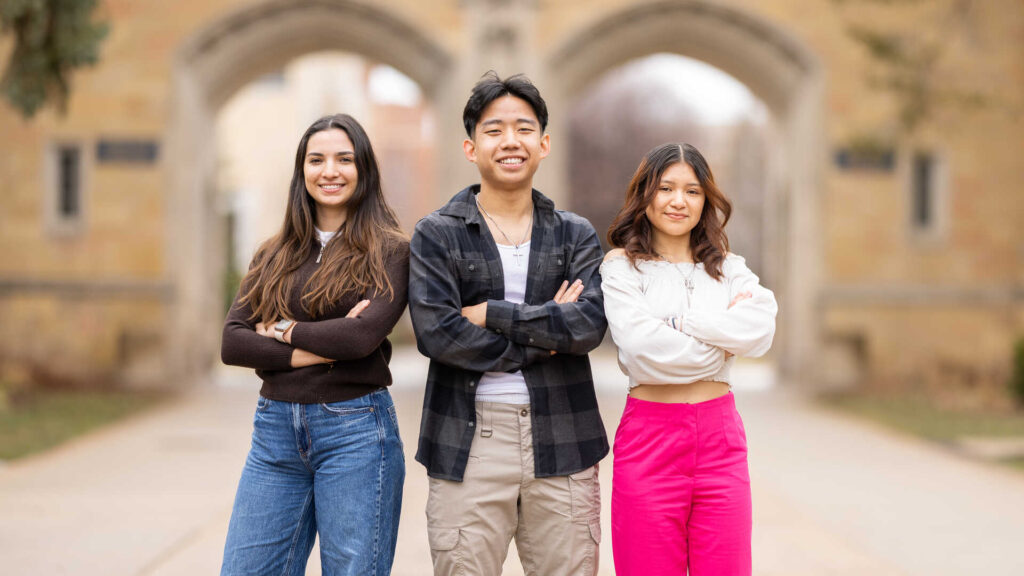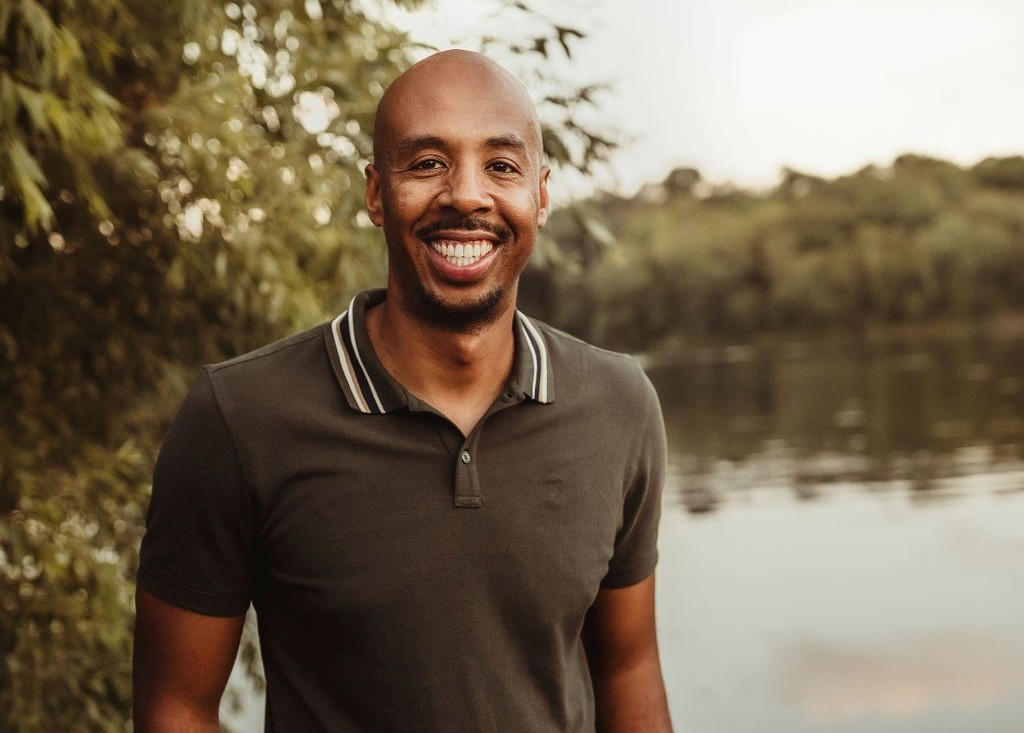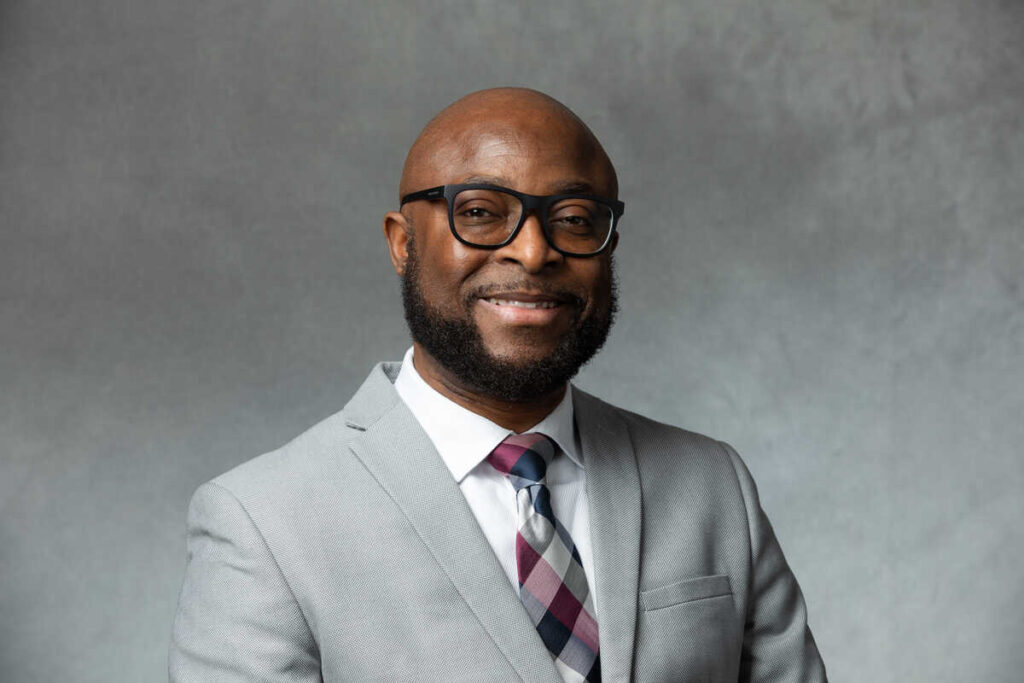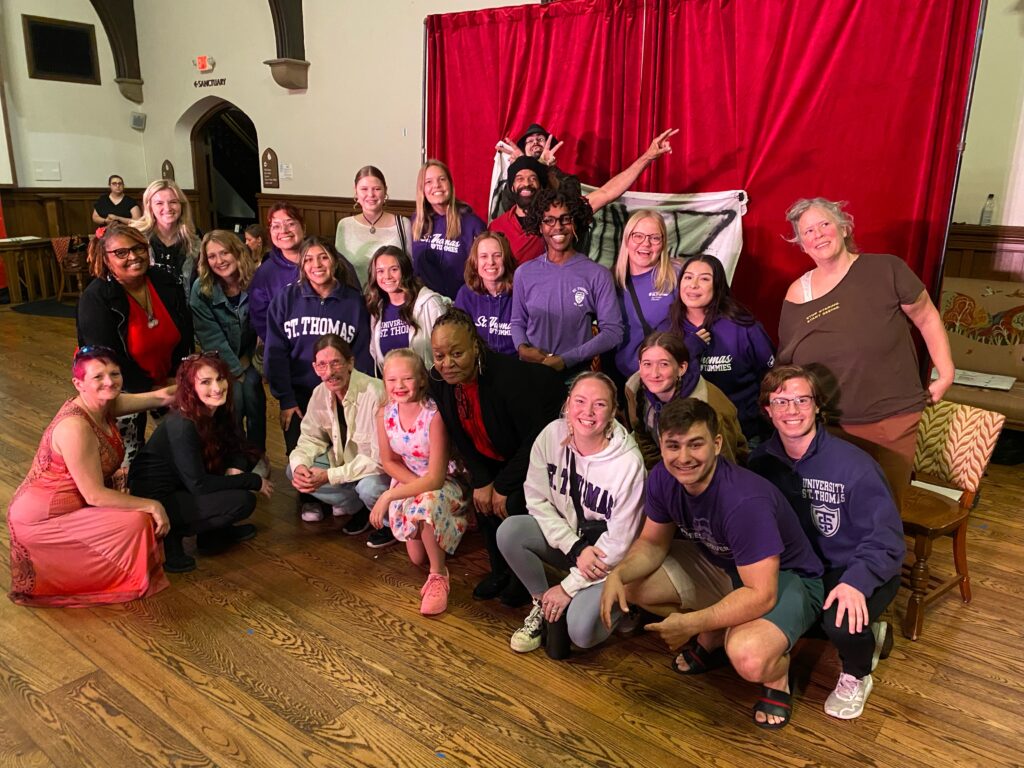When then-President Father Dennis Dease signed the American College and University Presidents’ Climate Commitment (ACUPCC) in 2008, he underscored St. Thomas’ ongoing and future commitment to sustainability. With the commitment of carbon neutrality by 2035, the statement included ambitious goals.
In the decade since nearly every aspect of life on the university campus has been touched in some way by St. Thomas’ commitment to sustainability. There’s the Office of Sustainability Initiatives (OSI) work tying sustainability into curriculum; the ongoing work of Facilities Management and Dining Services to cut the university’s carbon footprint and create more sustainable, everyday systems; and the many options the Division of Student Affairs provides, like the Sustainability Living Learning Community, that help students live sustainably in every element of their lives as Tommies.
"Contributing to our students' and alumni's knowledge of commitment to sustainability, as well as ensuring the university's adoption of sustainable practices, is central to our mission of advancing the common good," President Julie Sullivan said. "We work to ensure that all humans across the planet today have access to the unblemished richness of God's creation. We also recognize that the common good extends to future generations and work to be good stewards for those who follow us."
“St. Thomas has a strong history of thinking about sustainability and implementing it in a variety of ways … There’s a great foundation and a lot of partners who are engaged,” said Amir Nadav, St. Thomas’ new assistant director of campus sustainability.
Nadav's arrival at the end of 2017 marks the first time the university has an employee dedicated specifically to coordinating sustainability efforts across campus, and his leadership promises a bright future. It is almost dizzying, though, to get your head around the full scope of sustainability-advancing efforts at St. Thomas that already exist. But in doing so it’s hard not to get a sense of the palpable energy surrounding it, and just how much it weaves into seemingly every element of life at the university.

New solar panels on the roof of the Anderson Student Center are shown October 9, 2014.
Sustainable learning
As a higher education institution, St. Thomas took a major step in 2015 toward integrating sustainability into its curriculum. OSI was created as a strategic initiative that year, and since then has been a central hub for meshing students’ learning with sustainability.
One major aspect involved creating a sustainability course designation, tabbing classes that meet requirements for how much sustainability education is fused into them. Today some 130 such courses exist across dozens of disciplines, and – as of fall 2017 – they can also work toward a 20-credit sustainability minor, consisting of an introductory course in environmental studies and then four sustainability-designated courses in any discipline. OSI Director and Professor of Psychology Elise Amel, PhD, said approximately 50 students declared as minors immediately last fall and many more are expected this spring.
“The introductory class is incredibly eye-opening. I learned a lot of information about systems, which changed my mindset on how I view waste,” said sophomore sustainability minor Jackie Page. “The other thing I love about the sustainability minor is that there are so many different electives that have the sustainability designation. As a business major, I'm taking an entrepreneurship class that focuses on sustainable innovation and design so I get to learn about how to develop eco-effective products and services that could also become successful businesses. It's honestly a win-win. Anyone can combine their major interests with the sustainability component and learn about how they can live and work their passions while enhancing the environment around them.”
Many students have taken advantage of sustainability courses abroad as well.
"Allowing me to fulfill credits in Copenhagen by taking Environmental Economics and Renewable Energy Systems helped me learn about environmental studies and sustainability in one of the most sustainable cities in the world. Most minors would not have typically allowed such a diverse way of learning," said economics major Kevin Van Lieshout. "With the ideas that sustainability has allowed me to intertwine into my research, it has pushed me toward a master's degree in applied economics where I will have the chance to have an emphasis in environmental economics or resource economics."
Beyond work in the classroom, OSI also awards grants for students to do research around sustainability. OSI also makes it easier for faculty to include sustainability-related elements into their curriculum, providing everything from reading groups and workshops, to summer grants for time to recalibrate syllabuses and lesson plans, to an annual Curricular Innovation in Sustainability Award.
“It’s an important system to have in place. There’s a place for everybody, no matter how far along you are,” Amel said.
Another huge factor in the past two years has been the Sustainable Communities Partnership (SCP). Under the leadership of OSI assistant director Maria Dahmus, SCP develops partnerships with cities and government entities to integrate city-identified sustainability projects into existing St. Thomas courses across disciplines.
“Often, being in school, we get in this synthesized world where you think everything revolves around this campus. Working on a real-world problem has gotten me out and expanded my view of what this education is actually for,” said Will Goodwin, an economics major whose economics class last spring worked with the city of Delano to address potential energy savings. “We’re working on problems that are actually benefiting people every day.”
By determining the needs of partner cities and governments, Dahmus can work with faculty to determine how their existing curriculum can help solve real-world problems. The diversity of those partnerships are massive: more than 70 courses across 21 academic disciplines have contributed to 74 projects, some of which have won awards for community innovation.
“SCP has been essential in showing how our education ties in with the St. Thomas mission,” said economics major Anna Kate Nolan '17. “This project has allowed us to analyze real-world data, collaborate with classmates and present solutions to problems that affect real communities. We are applying skills we have cultivated in the classroom to projects that advance the common good.”

Zachary Emond (Mechanical Engineering) poses for a photo with the weather station project he is working on with engineering Professor Greg Mowry.
Leading on campus
One of the things she’s most excited about in the near future, Dahmus said, is developing partnerships right on campus. Especially since the 2008 commitment, a huge range of projects have characterized Facilities Management’s role in making the university itself more sustainable.
Environmental Health and Safety Director Colin Brownlow has an intimate view of that work as he compiles St. Thomas’ annual Carbon Neutrality Progress Report, which has seen remarkable strides in recent years.
“One of the big things we’ve been able to do is tailor energy uses in very small spaces. In most rooms in our buildings we can tell you lighting levels, temperature and humidity – and control it on a room-by-room basis based on occupancy,” Brownlow said. “That’s making a huge difference.”
Some of the university’s signature sustainable facilities – like the Anderson Student Center with its LEED Gold Certification – are just some of the most visible parts of the overall fabric of green efforts on campus. Brownlow highlighted major energy efficiency shifts in behind-the-scenes operations around campus, including individual water heaters in buildings; air conditioning and heating; waste management, recycling and composting; and irrigation practices. Across the course of nearly a decade of tracking, the initiatives and improvements on campus are astonishing in number and scope.
“It features into every consideration and discussion for facilities,” Brownlow said. “We don’t make a building decision, an upgrade decision, without considering the impact on emissions. To some extent it drives what’s being done with facilities management. It raises the priority of projects if it can reduce emissions or energy use. It definitely impacts what we do.”
Along the same lines of everyday efforts, Dining Services has put together a tremendous number of initiatives and projects to make it a leading university representative of sustainability. Included in that are a shift to trayless meal service; sustainable food sourcing; community partnerships like that with Food Recovery Network, which recovers food that would otherwise go to waste; and increasing composting.

The Anderson Student Center is seen through purple and gold plants and a setting sun.
Everyone involved
Beyond the classroom, extracurricular opportunities for students to engage with sustainability have popped up like mushrooms across campus. The university’s first Living Learning Community, centered on sustainability, is in its fourth year, and puts students together into sustainability-based courses, residence hall floors and community programs. Several clubs – including the Sustainability Club and Engineers for a Sustainable World – offer opportunities for students to immerse themselves in sustainability outside the classroom.
Since 2006 a central hub for sustainability efforts across campus has also been the Campus Sustainability Advisory Group (now the Sustainability Council), which acts as a conduit and advocate for sustainability-related activities on both the St. Paul and Minneapolis campuses. The council’s members coordinate and collaborate on the development and implementation of sustainable policies, practices, research and curricula across the university.
Opportunities for that development will open up even more after the university recently received a $575,000 grant. Along with supporting Nadav’s position on campus, that money will go toward supporting staff in developing sustainability initiatives in their area of the university.
As everything continues to develop and every area of St. Thomas is more and more included, it is possible to see the vision of sustainability as completely folded into what the university stands for.
“We want it to be part of everybody’s every day,” Amel said. “This is what everyone does. This is St. Thomas.”
